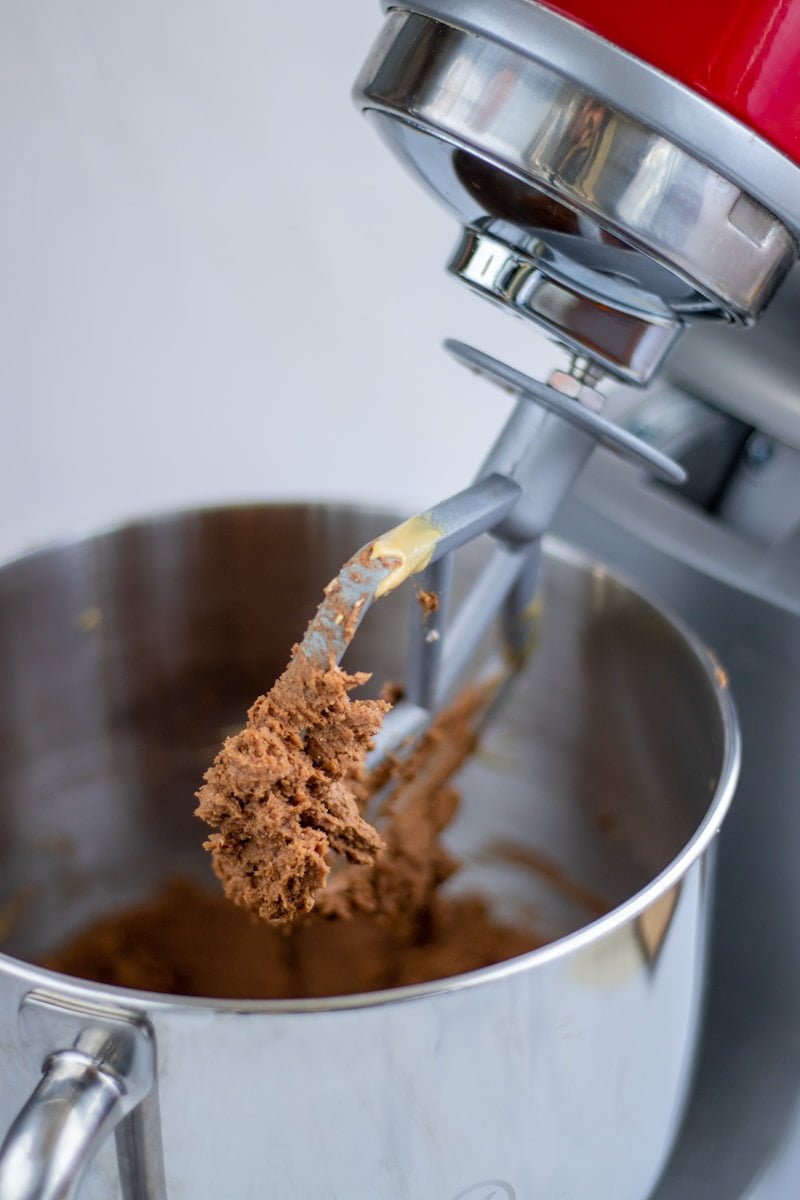In the realm of kitchen appliances, blenders and mixers are two of the most common devices you’ll find. Although they might seem similar at first glance, they serve quite distinct purposes and are designed with different tasks in mind. Understanding the difference between a blender and a mixer is crucial for any home cook or baking enthusiast. It not only helps in choosing the right tool for your culinary projects but also in achieving the best results. So, let’s break down the differences between these two kitchen staples here at TheKitchenApplianceDad.com.
A blender is a kitchen appliance that typically consists of a pitcher with a tightly fitting lid and a blade assembly at the bottom, which is connected to a motor housed in the base. The primary function of a blender is to blend, puree, and liquefy ingredients. Its high-speed blades create a vortex that pulls food towards the blades, resulting in a smooth and consistent mixture.
A mixer, on the other hand, is a device designed primarily for mixing, beating, and kneading food ingredients. It uses an array of attachments, such as beaters, dough hooks, and whisks to carry out various tasks. Mixers are indispensable when it comes to baking and pastry making.
Blenders are designed with a set of fixed blades and typically have a single container. The design is optimized for creating smooth liquids. Mixers, however, usually have interchangeable attachments and are designed for a variety of textures, from light and airy to thick and dense.
A blender is your go-to appliance for achieving a smooth, liquid consistency. A mixer, however, is better suited for tasks that require incorporating air into the mix, achieving a fluffy texture, or working with dough.
Blenders generally operate at higher speeds to quickly liquefy ingredients, while mixers run at a range of speeds to gently combine ingredients without over-processing them.
Blenders are typically better for processing large quantities of liquid. Stand mixers, with their larger bowls, can handle more substantial amounts of dough or batter, while hand mixers are better for smaller batches.
Whether you need both a blender and a mixer depends on what you like to cook or bake:
Before you decide whether to buy a blender, a mixer, or both, consider the following:
Understanding the difference between a blender and a mixer can help you make informed decisions when equipping your kitchen. Each appliance has its unique strengths, and selecting the right one—or both—can enhance your culinary experience. Remember, the best kitchen is a functional kitchen that caters to your individual cooking style, as we often emphasize here at TheKitchenApplianceDad.com. Choose wisely and cook happily!

